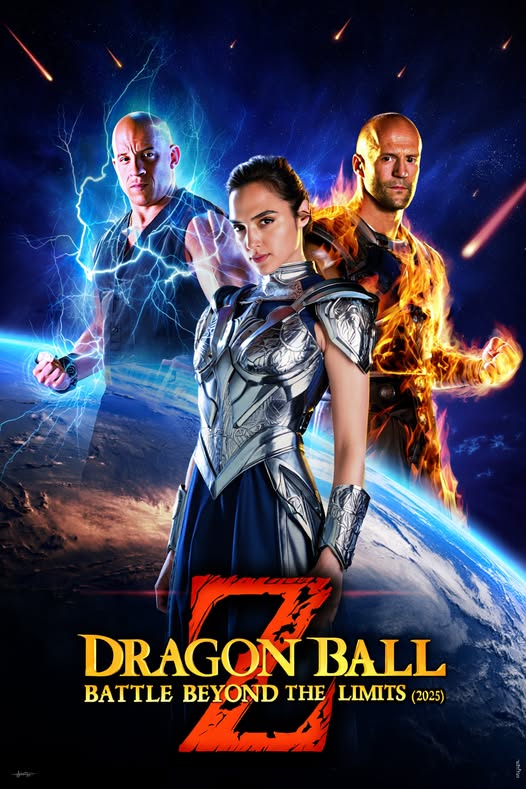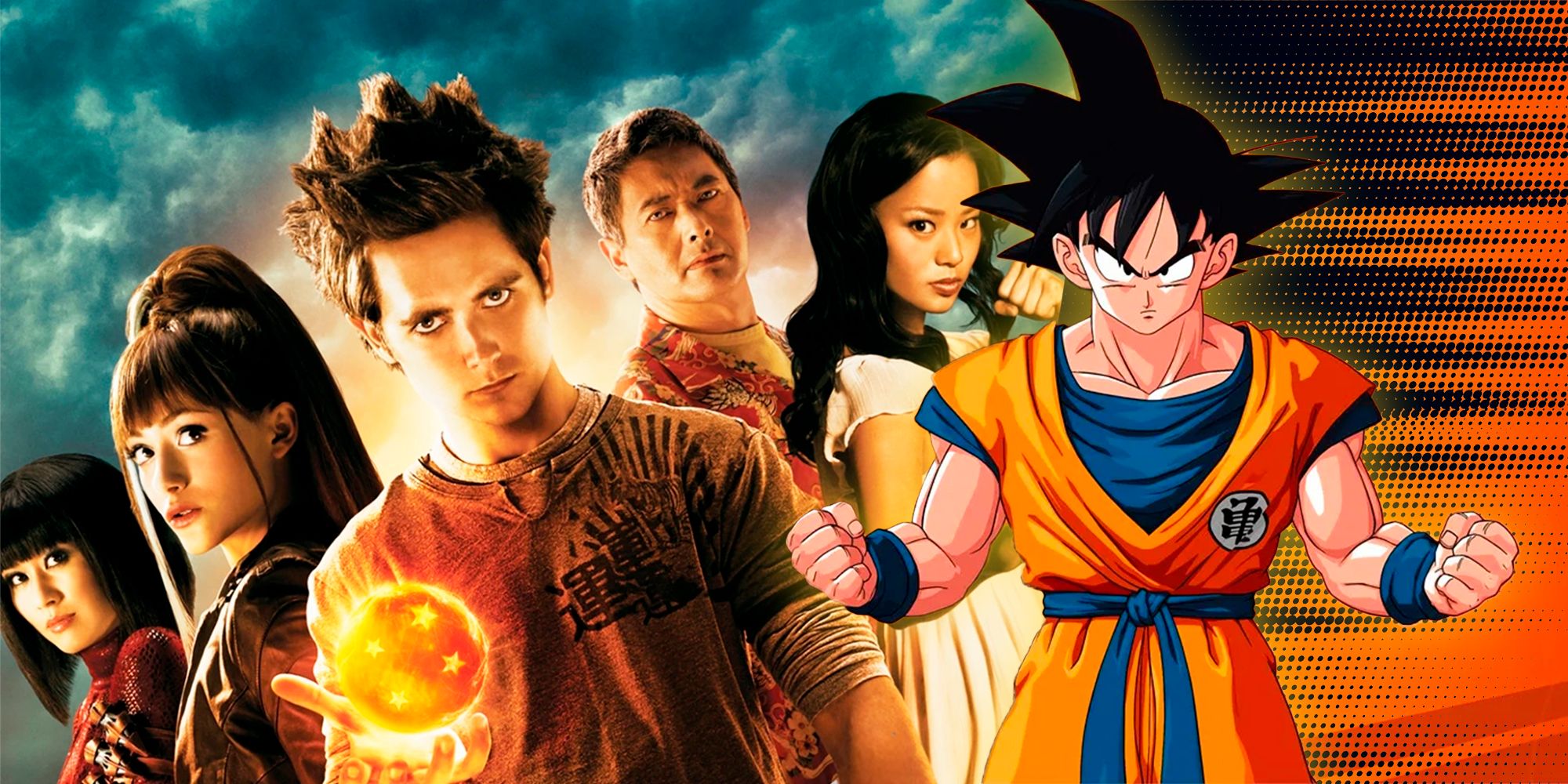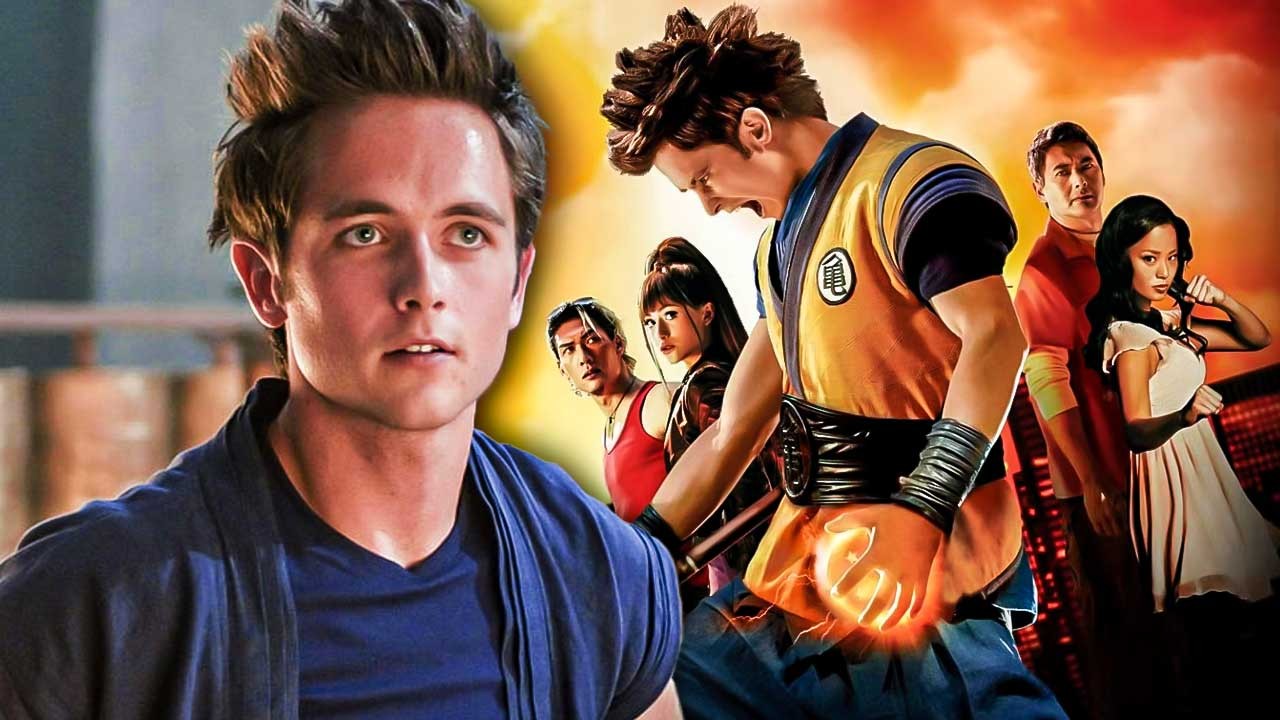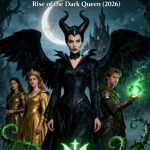“Dragon Ball Z: Battle Beyond the Limits (2025)” — Where Power Meets the Edge of Godhood

Every generation has its myth — Dragon Ball Z: Battle Beyond the Limits transforms that myth into pure cinematic thunder. What was once ink and energy becomes flesh, flame, and fury in a live-action epic that doesn’t just adapt the legend — it elevates it. Directed with operatic vision by Ryusuke Yamada, this 2025 reimagining feels less like a movie and more like a revelation: a cosmic meditation on power, purpose, and the cost of becoming more than human.

Vin Diesel shocks with his performance as Goku, stripped of cartoon innocence and re-forged into a being of burdened divinity. Gone is the naive savior; in his place stands a warrior who’s seen too much — a god who wishes to be mortal again. Diesel’s gravel-toned introspection anchors the chaos, his quiet moments of doubt cutting deeper than any Kamehameha ever could. It’s the kind of reinvention that reminds you why myth endures — because it evolves.
Jason Statham as Vegeta is nothing short of magnetic. His stoic pride simmers beneath every glare, every clenched jaw, every silence that speaks louder than a scream. But there’s pain beneath the armor — a man haunted not by failure, but by meaning. In Statham’s hands, Vegeta is Shakespearean — not just a rival, but a philosopher forged in fire. His scenes with Diesel crackle with restrained intensity, two titans carrying the unbearable weight of legacy and loss.

And then, into their storm, descends Gal Gadot as Seraphis — a celestial being born from the ashes of their own battles, shimmering with both grace and wrath. Gadot’s performance is ethereal, her every movement blending elegance with devastation. She isn’t evil — she’s divine retribution personified, the physical embodiment of consequence. Watching her battle the Saiyans is like watching gods debate morality through destruction.
Yamada directs as though painting on the fabric of space itself. The visuals are biblical: energy waves tearing through continents, time bending under the strain of willpower, lightning dancing on oceans of fire. But amid this spectacle, the camera often lingers where you least expect — on faces, on silence, on eyes searching the void. He understands what many adaptations miss: Dragon Ball was never just about fighting — it was about the meaning behind the fight.
Every battle feels choreographed like poetry — equal parts brutality and beauty. Fists move like dialogue, energy bursts like punctuation. When Goku and Vegeta clash with Seraphis in the film’s third act, it’s not a fight — it’s theology in motion. You can feel the cosmos bending to belief, the air itself shattering under conviction.

The score, composed by Ramin Djawadi, roars with celestial majesty. Orchestral strings entwine with electronic pulses, turning every transformation, every pause, every scream into symphony. When Goku ascends into his final state — not as a warrior, but as a man who finally understands mercy — Djawadi’s music doesn’t just accompany him. It ascends with him.
Yet, for all its spectacle, Battle Beyond the Limits finds its soul in restraint. Between the clashes, there’s stillness — conversations beneath dying stars, reflections on what power truly means when there’s no one left to save. It’s in those moments that Yamada’s vision transcends adaptation: he turns the legend into parable.
By the film’s end, as Goku and Vegeta stand upon the burning curve of Earth, light devouring shadow, the screen glows like prophecy. Their final exchange isn’t about victory — it’s about absolution. Power, they learn, isn’t glory. It’s grace.

Dragon Ball Z: Battle Beyond the Limits (2025) is more than a cinematic event — it’s a myth reborn with the language of modern epic. A film that dares to ask what happens after you’ve surpassed your limits — and discovers that the only thing greater than power is compassion.
When the universe trembles and gods bleed, one truth remains unshaken:
Power means nothing without mercy.
Related movies:











